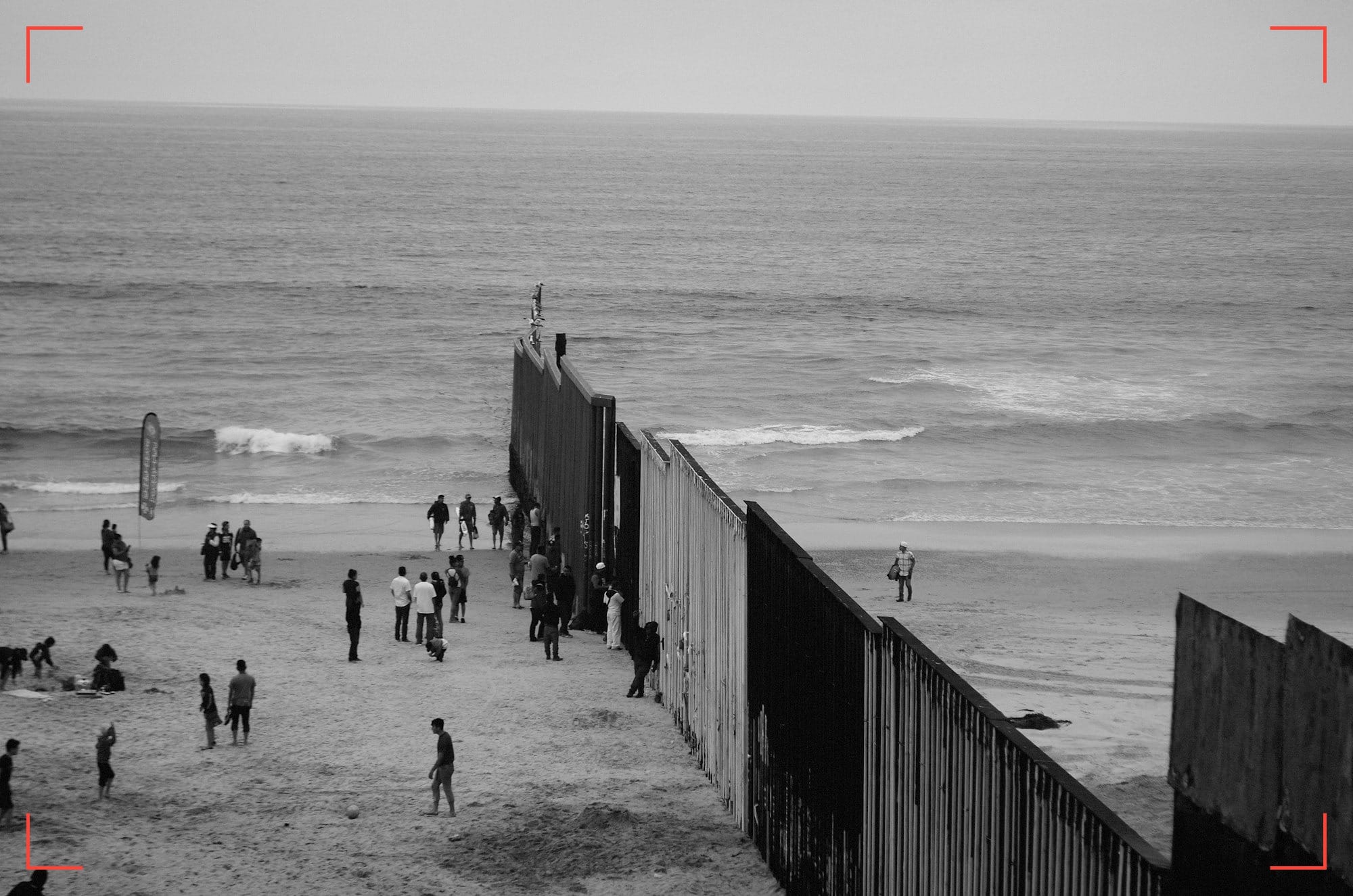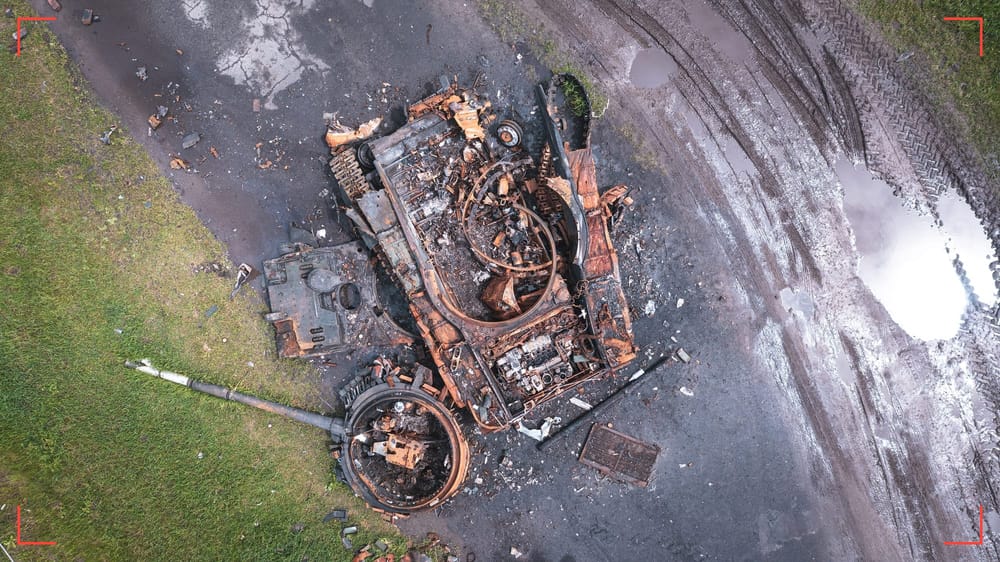Immigration Policies SpecialREPORT
Trump's Immigration Policies: Implications for Latin America in His Second Term | FEB 2025
Report Details
Initial Publish Date
Last Updated: 17 JAN 2025
Report Focus Location: Americas
Authors: DA
Contributors: GSAT
GSAT Lead: MF
RileySENTINEL provides timely intelligence and in-depth analysis for complex environments. Our global team blends international reach with local expertise, offering unique insights to navigate challenging operations. For custom insights or urgent consultations, contact us here.
Key Points
- Authoritarian governments, internal conflicts, poor life conditions, and lack of opportunities are a few reasons that push millions to migrate. The International Organization for Migration (IOM) estimates that currently there are 281 million international migrants globally, while individuals displaced by conflict, violence, disasters, and other factors have climbed to modern record levels, totaling 117 million.
- The U.S. has been historically one of the most chosen countries for migrants, due to its development, job opportunities, and life quality. Given this State’s proximity to Latin America and the Caribbean, migrants from this region have been gathering in caravans that head to the Southern U.S. border with Mexico.
- Over the years, the United States has created several humanitarian programs in response to massive migrations due to “disasters, oppression, emergency medical issues and other urgent circumstances”. Still, efforts in this regard have been surpassed by the overwhelming number of migrants from all over the world.
- The despair of migrants is taken advantage of by criminal organizations, namely “coyotes” (people smugglers), and cartels, who have made immigration a profitable business. In spite of the dangers of undertaking an irregular migration journey, individuals still risk their lives to escape from the reality of their home countries.
- As one of the proposals of his presidential campaign, President-elect Donald Trump stated he would carry out the “largest deportation operation in American history”. Presumably, this policy will depend on utilizing military forces, supportive state and local law enforcement, and emergency powers typically reserved for wartime.
- Last year’s elections exposed growing support for the Republican candidate throughout the Latino population in the United States. Figures from the Pew Research Center show that the Latino population in this country is over 65 million people, with 36 million eligible to vote.
- Immigration crisis in some U.S. cities has strained city budgets, leading to reduced services and heightened local tensions. At the same time, some fear that mass deportation plans could harm industries driven by the force of irregular immigrants, among them construction and food, causing potential shortages and price increases.
- Biden’s administration came to an end followed by record deportation figures and a decrease in border crossings as a result of the implementation of new restrictive policies.
- Just days before Donald Trump’s inauguration, mass deportation plans, new border security measures, and several executive orders are subject to debate at both the international and national level. The relationship between the American government and Latin American countries such as Mexico and Honduras remains tense while regional leaders await to see how these deportations will affect their internal affairs.
Remaining content is for members only.
Please become a free member to unlock this article and more content.
Subscribe Now






